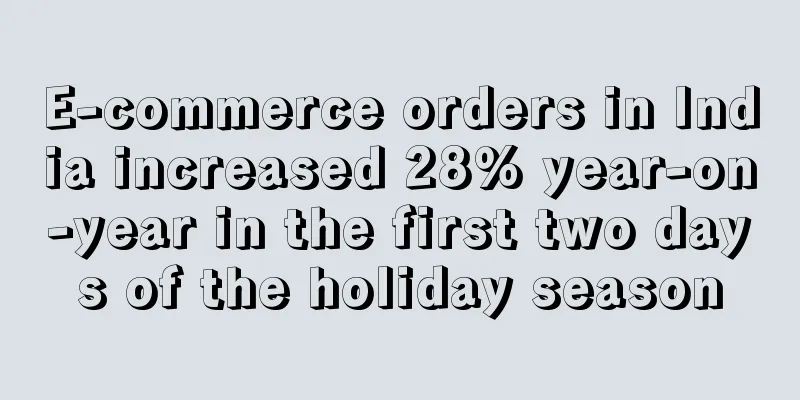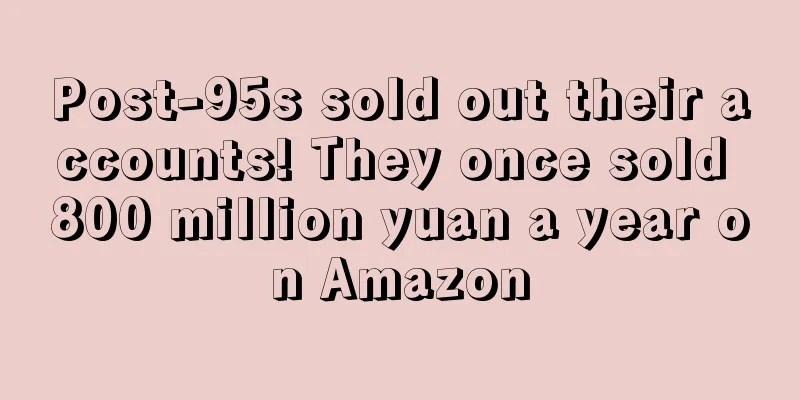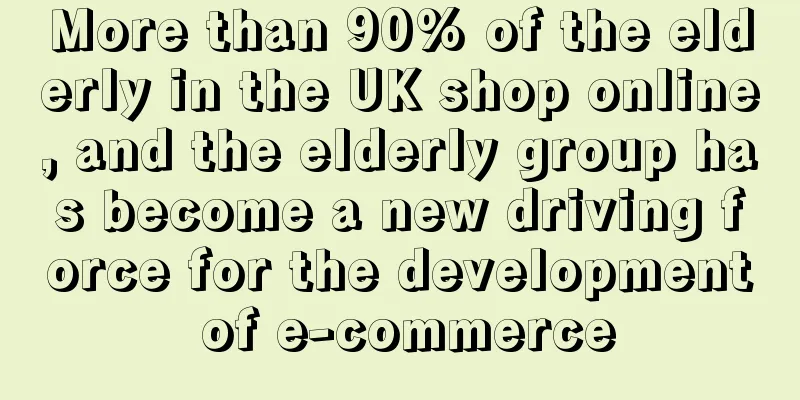E-commerce orders in India increased 28% year-on-year in the first two days of the holiday season

|
According to the latest data released by software service platform Unicommerce, the number of orders on Indian e-commerce platforms increased by 28% in the first two days of the festive promotion season compared with the same period last year.
The agency studied changes in online shopping order volumes by analyzing and comparing data from more than 7 million orders for items generated in the first two days of the 2022 holiday sales season (September 23 and 24).
Unicommerce said overall e-commerce order volumes increased 28% in the first two days of the 2022 holiday season compared to sales in the first two days of the 2021 holiday season.
In the study, Unicommerce found that the personal care sector was the fastest-growing segment, with orders for related products increasing by more than 70% year-on-year in the first two days of the 2022 festive sales season.
During the same period, the order volume of consumer electronics products also increased by nearly 48% year-on-year (excluding mobile phones). However, fashion products still dominate, and the order volume of related products is higher than that of other categories.
Unicommerce believes that: "Although the average year-on-year growth in order volume across all market segments was only 7%, the absolute growth is huge considering the high order volume during the holiday season."
Other market segments, including decorations, gifts, furniture and jewelry, also saw strong growth during the holiday selling season, according to the agency's analysis.
In addition, the data also shows that the order volume in India's third-tier cities increased by more than 32% year-on-year, and the second-tier cities increased by more than 20% year-on-year. Amazon, Flipkart and other e-commerce giants have received a significant increase in orders from second- and third-tier cities.
At the same time, Meesho, an e-commerce platform backed by SoftBank, saw its order volume increase by about 80%, receiving nearly 876,000 orders on the first day of the holiday season, of which orders from second-tier, third-tier and fourth-tier cities accounted for about 85% of the total order volume.
In the first 36 hours of the festive season , Amazon India’s customer base in tier II and III cities nearly tripled to 75% of its total users.
Flipkart also said that on the first day of the shopping season, orders from second-tier cities accounted for the vast majority of the total orders.
From this, we can see that as the penetration rate of the Internet and smartphones continues to increase, India's second- and third-tier cities still have great development potential, which will further promote the overall development of India's e-commerce industry. India E-commerce Holiday Season |
>>: Global children's furniture market will reach US$178.3 billion in 2031
Recommend
Online GMV grew 34% in the first quarter, and Macy's performance exceeded expectations
Recently, Macy's said that due to the impact ...
200,000 products were urgently recalled and sold on Amazon and other platforms
Recently, the U.S. Consumer Product Safety Commis...
Anker's annual cash dividend is 800 million!
As the leading cross-border company, Anker Innova...
Go overseas to grab orders! Alibaba International Station announces the first batch of key overseas exhibitions
Starting from the New Trade Festival in March, Al...
What is Sisley? Sisley Review, Features
Sisley is a French high-end cosmetics brand found...
Antigen test kits are sold out! Many big sellers enter the market to compete for the 600 billion market
Since the epidemic policy was relaxed, the demand...
What is The Iconic? The Iconic Review, Features
Founded in 2011, The Iconic is Australia's lea...
What is FINLEY? FINLEY Review, Features
<span data-docs-delta="[[20,{"gallery"...
What is Dianfeng Digital Technology? Dianfeng Digital Technology Review, Features
Dianfeng Digital Technology is an enterprise main...
What is EOI? EOI Review, Features
The main purpose of EOI (Expand Offers Internatio...
What is NCC? NCC Review, Features
Zhongxin Cloud Technology (Shenzhen) Co., Ltd. is...
What is Flying Eagle International Logistics? Flying Eagle International Logistics Review, Features
Founded in 2013, Eagle International Logistics is ...
It's chilling! Amazon sellers' orders dropped by 3/4
When opening the backend early this morning, many...
From 0 to 1.6 billion, independent site sellers successfully broke through!
Under the extensive development of cross-border e...
Amazon released a new announcement, and many fees have increased across the board!
Yesterday, Amazon sellers just woke up from their...









